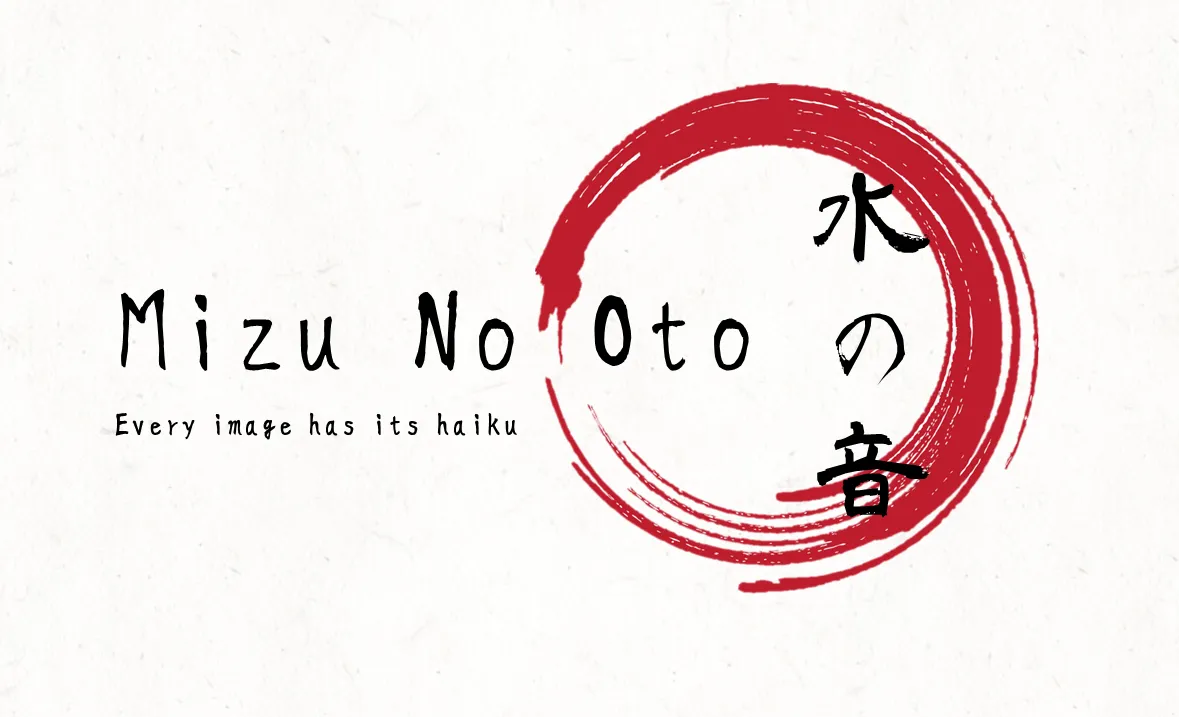
haiku by Neni Rusliana (Indonesia)
Welcome to the late July-August English edition of the Bananafish haiku contest!
Since the stars are aligned and I can also finally go on vacation, in August there will be only one edition in Spanish, and the next one in English will be at the beginning of September.
Here is how this contest works:
A photo is posted.
You write a haiku inspired by that photo with your own post (use #haikucontest as your first tag) or a comment in the comment section.
You can read other’s haiku and vote for one of them, answering to the special Bananafish comment in the comment section.
The authors of the Best Haiku, Popular Choice, and Best Vote Comment WIN 5 STEEM, 5 SBI & 1000 SNAX!
@f3nix tireless work and the vital support by @curie and @crowdmind allow us to increase the amount of prizes up for grabs, which continue to include the SNAX token (see below).

The Prizes:
Courtesy of our partners, @Crowdmind, we're now also giving away SNAX tokens!
Check out Crowdmind's Interview with the team from the SNAX blockchain as well as our previous post.
To receive your SNAX rewards, you'll need to have a SNAX wallet. The best one so far is Nabla app.
Otherwise, you can use Snax.One
Here's a tutorial with photos. on how to set a Snax.One wallet.
So, the prizes now are:

The requirements:
• The haiku should be related to the prompt image.
• A haiku has no title.
• The haiku should be in English, or include an English translation.
• The English haiku form is: a short (3-4 syllable) verse, a longer (5-6 syllable) verse, another short (3-4 syllable) verse.
• There should be the kireji (切れ字), a cut between the 1st and the 2nd verses, or between the 2nd and the 3rd; the cut can be grammatical, as a sign of punctuation, or it can be a cut in the meaning, like two different images.
• The time window to post your haiku and cast your votes is up to the payout of this post.

Prompt Image:

[photo with kind permission of Tiziana Dan]

Do you want to know how we evaluate the submitted haiku? These are the characteristics we search for:
• Kigo (季語), an explicit or implicit reference to a season, that defines the time of the year in which the haiku is composed or referred to.
• Sabi (寂), the sense of the inexorable passage of time, the beauty or serenity that accompanies the advance of age, when the life of the objects and its impermanence are highlighted by patina and wear or by any visible repairs.
• Wabi (侘寂), the taste for frugal and natural things, rustic simplicity, freshness or silence; it can be applied to both natural and artificial objects, or even non-ostentatious elegance.
• Mono no aware (物の哀れ), empathy with nature and human life; the "feeling of things", nostalgia, regret for the passing of time, understanding of the changeability and of the transience without suffering.
• Yūgen (幽玄), sense of wonder and mystery; it represents the state of mind produced by the inexplicable fascination of things, the feeling of an 'other' universe, full of mysterious unity.
• Karumi (軽み), beauty in simplicity; poetic beauty reflected in its simplicity, free from preconceptions and moral judgment.
• Shiori (しおり), gentleness; the levity and the delicate charm that radiates from the verses, where things are evoked in the reader without aggressiveness or excessive explicitness.

The Fūryū: the Mono no Aware
In this theoretical part, we continue our excursus on the concepts that form thefūryū, the poetic essence of the haiku.
The concept of mono no aware (物の哀れ, the feeling of things) is very close to what we call empathy. It can be used to refer to all manifestations of human emotionality, both positive and negative, from amazement, to wonder, to sadness, to melancholy.
In fact, the word aware, originally was nothing but an exclamation that was pronounced every time a great emotion was felt. Its etymology is partly onomatopoeic and derives from the ancient Japanese "aa e hare" (ah, what a moon!). This exclamation has become, with time, a way of saying that was extended to any emotional context.
So, everything would seem very simple and vague, but it is not so. To complicate matters, the Japanese culture intervenes, through which such universal feeling is elaborated.
First, Shinto sensitivity, with its attention to the natural world and its essence. This is where we meet the other half of the concept of mono no aware. In fact, two facets of Shinto religious sentiment towards nature are the mono no ke (the vitality of things) and the mono no kokoro (the spirit of things).
Mono no ke refers to the vital energy that flows in all the things belonging to the material world, also and above all the simpler and smaller ones (an insect, a leaf, an old shoe on the bottom of a stream); vital energy is in all things, but greater sensitivity is needed to capture it in trivial and humble things.
Mono no kokoro refers, instead, to the resonance between the human soul and the nature in which it is immersed; here too, the greater the sensitivity, the more intense the spiritual communion.
These two concepts have therefore merged into mono no aware, giving a more precise direction to the "feeling of things": a poetic sensitivity that allows the individual to be in harmony with all things and spontaneously empathize with their vital energy.
The last step was when this concept was filtered through Buddhist thought. Buddhism was introduced in Japan in the sixth century, but for many centuries it remained confined to courts and intellectual circles. When haiku develops as a form of autonomous poetry, a thousand years later, Buddhism has slowly permeated many aspects of Japanese thought.
Therefore, the Buddhist concepts of impermanence and transience of all things in the world are linked to mono no aware. Then, we can say that the mono no aware, in its final formulation, is a poetic sensitivity that allows us to embrace naturalistic reality in any form it appears, in full awareness that everything is fragile, evanescent and temporary.
This, it is worth repeating, does not give rise to negative feelings, but to commotion and participation watching a delicate beauty, that can melt like snow in the sun.
Thank you for reading this little study, next time we'll talk about the mysterious yūgen.

Good haiku to everybody!
Your bananafishously haiku dealer


Let’s the Bananafish Tribe grow together!

With delegations, Bananafish VP will grow and consequently the upvotes given to every contest entry will be higher.
Following the voting trail is a way to make sure you always support the other participants to the Bananafish contests, automatically upvoting the posts (but not the comments) Bananafish upvotes.
Join the Bananafish Realms on Discord and chat with us: https://discord.gg/ZWmEUWT
If you’re interested, here you can find all the information needed.

[banner credit: @f3nix]
Other Bananafish awesome contests and creative works (click on the banners):




